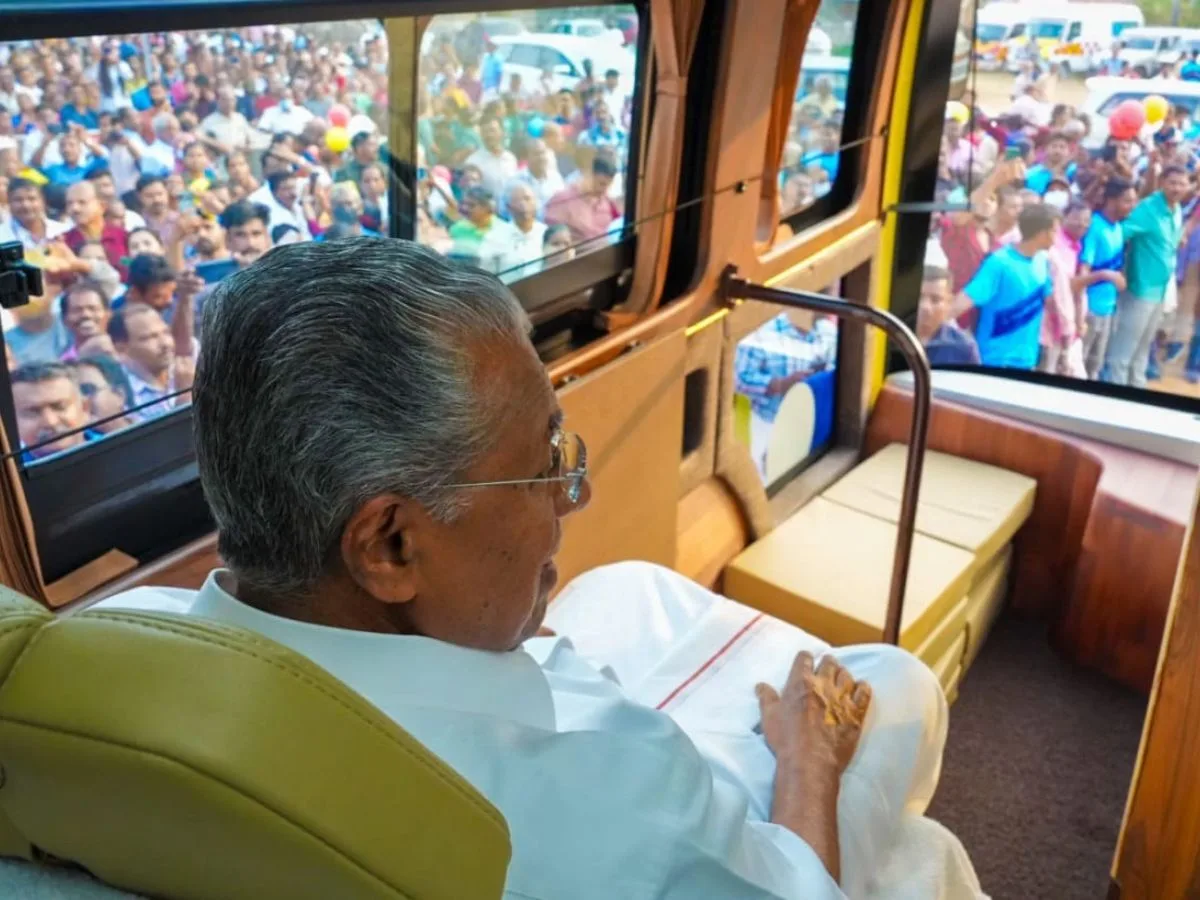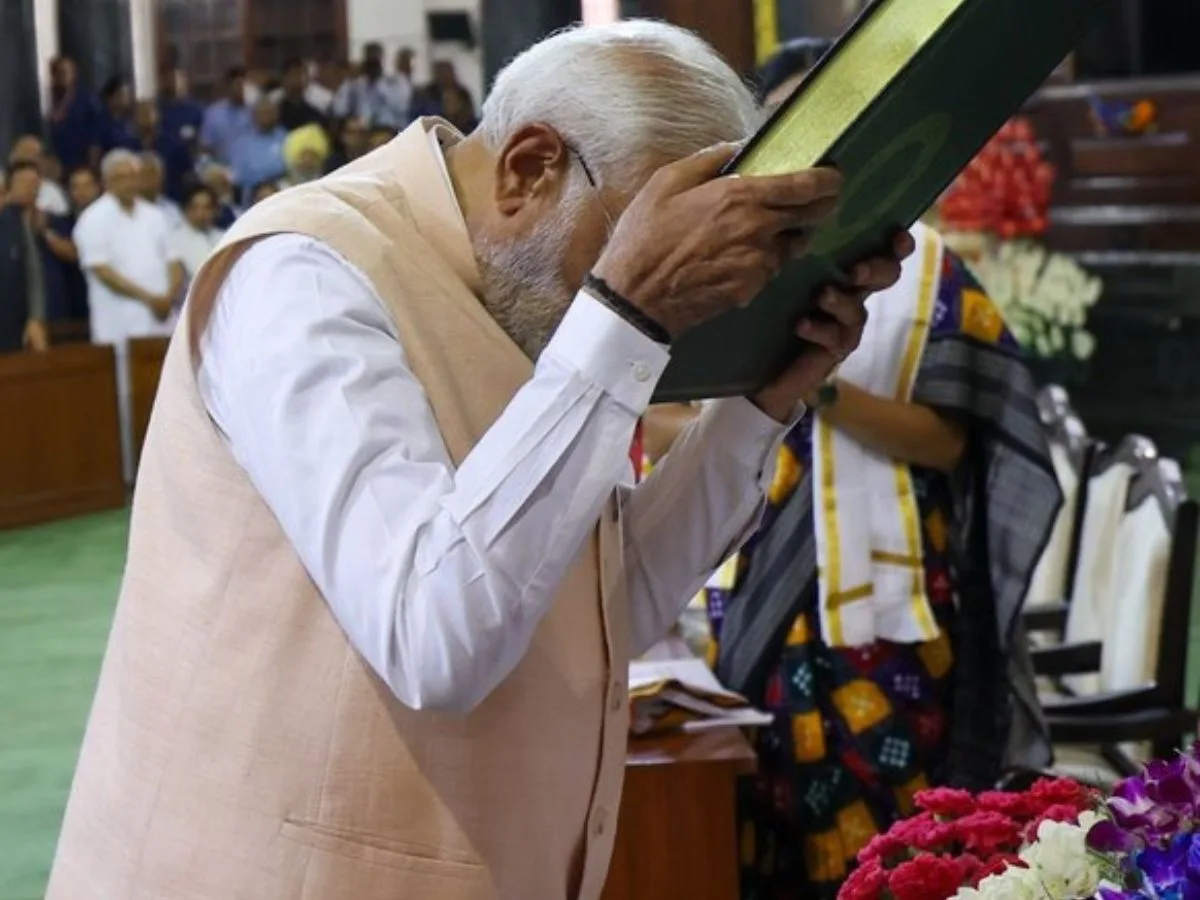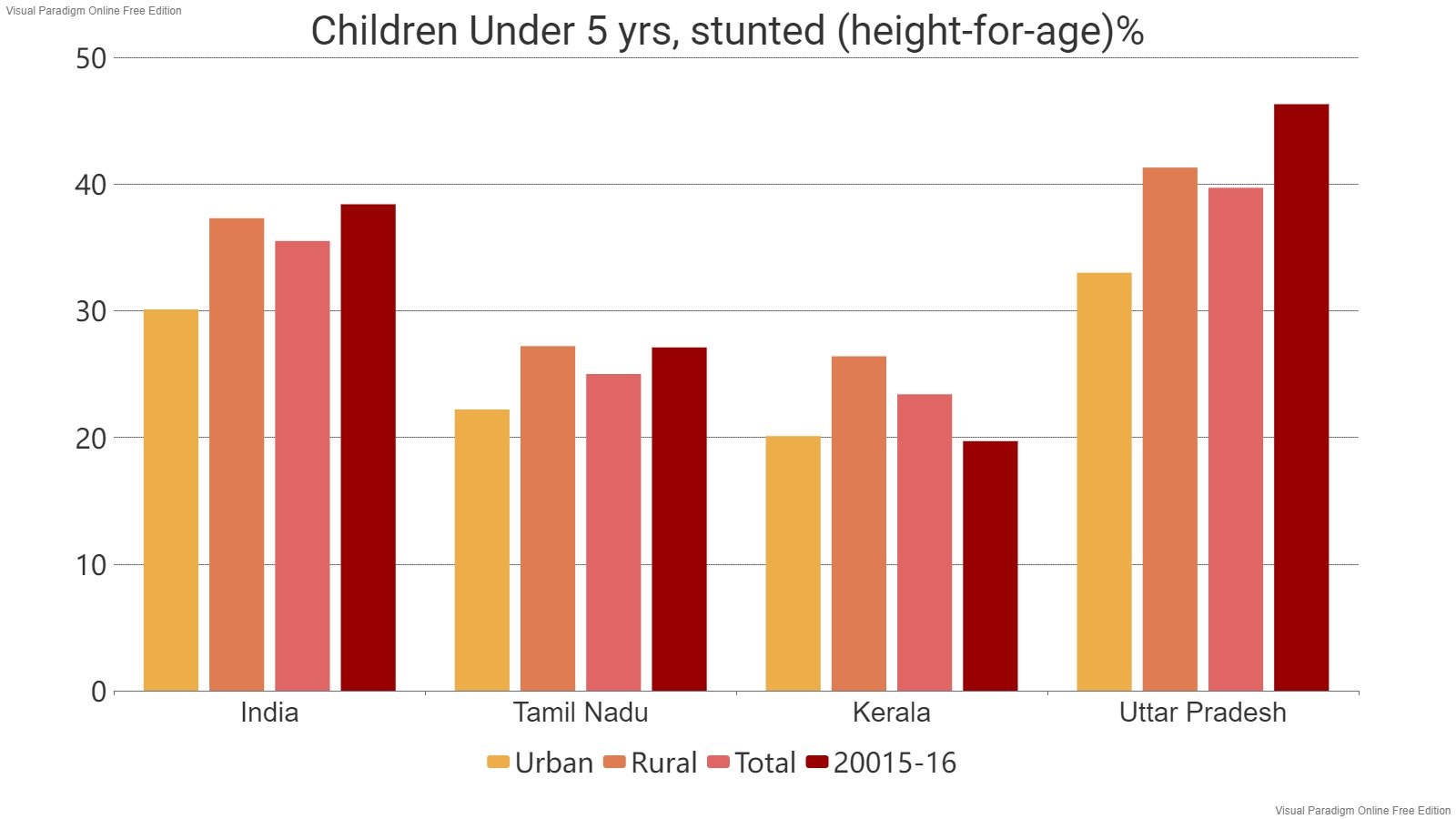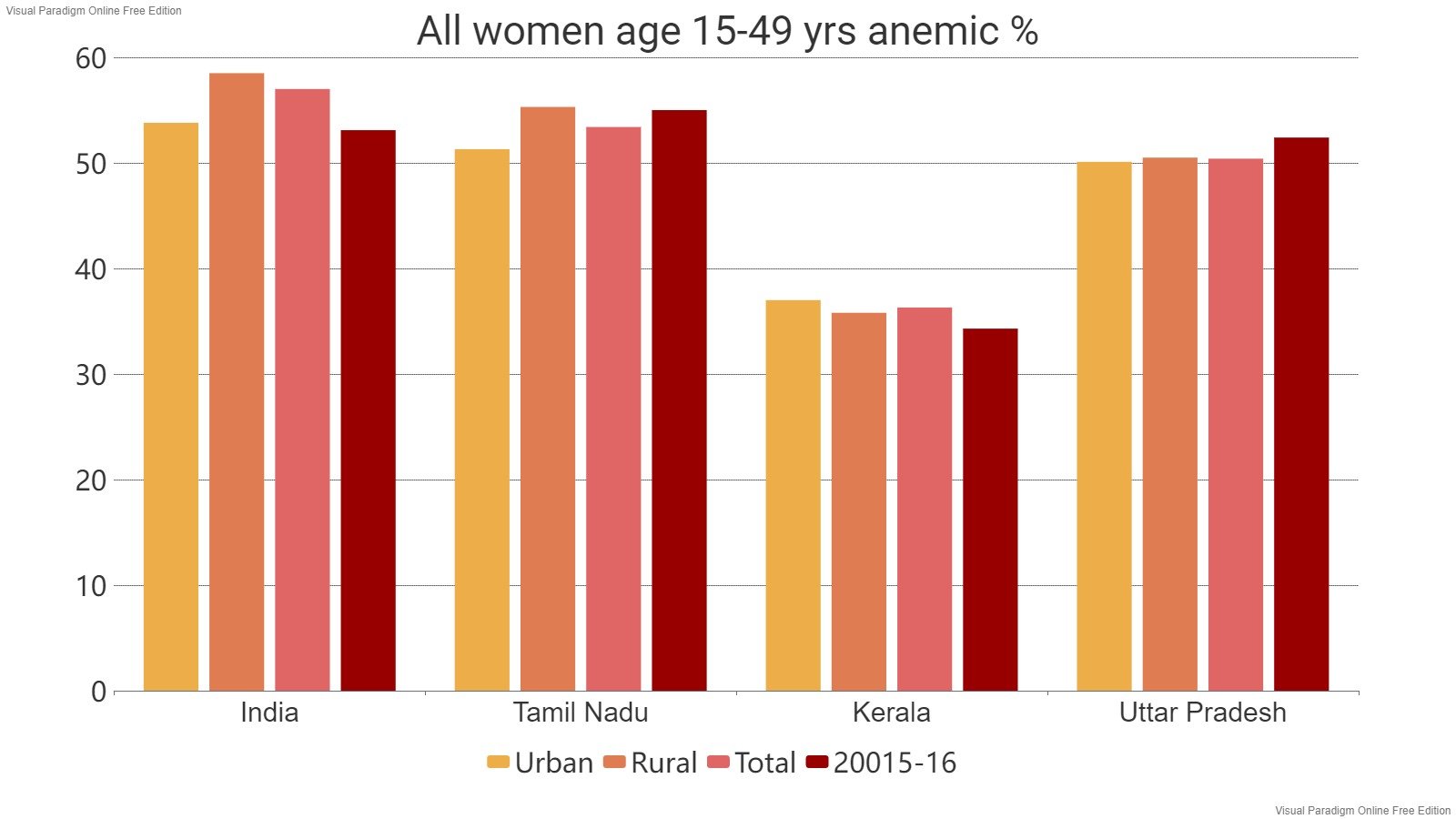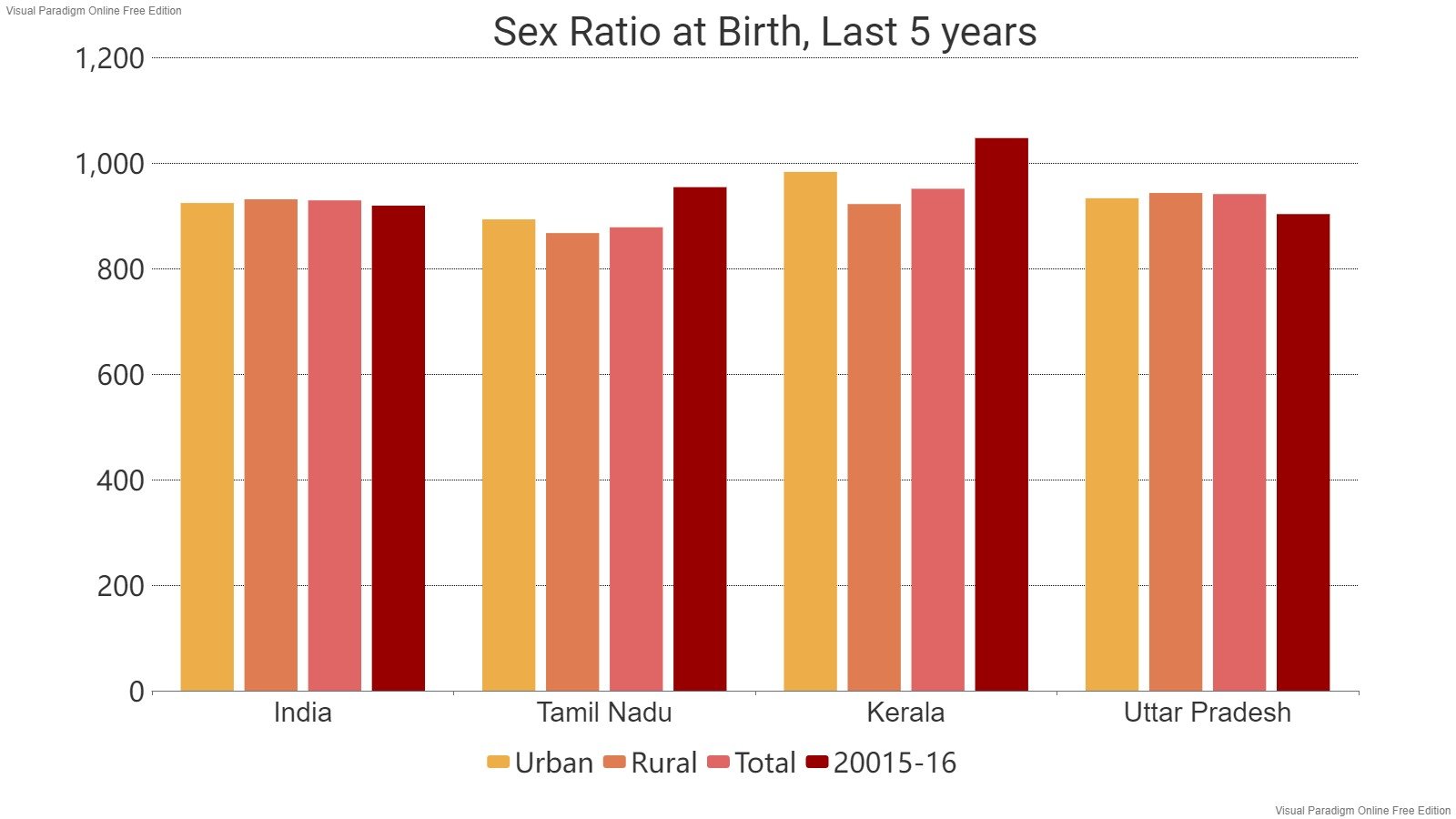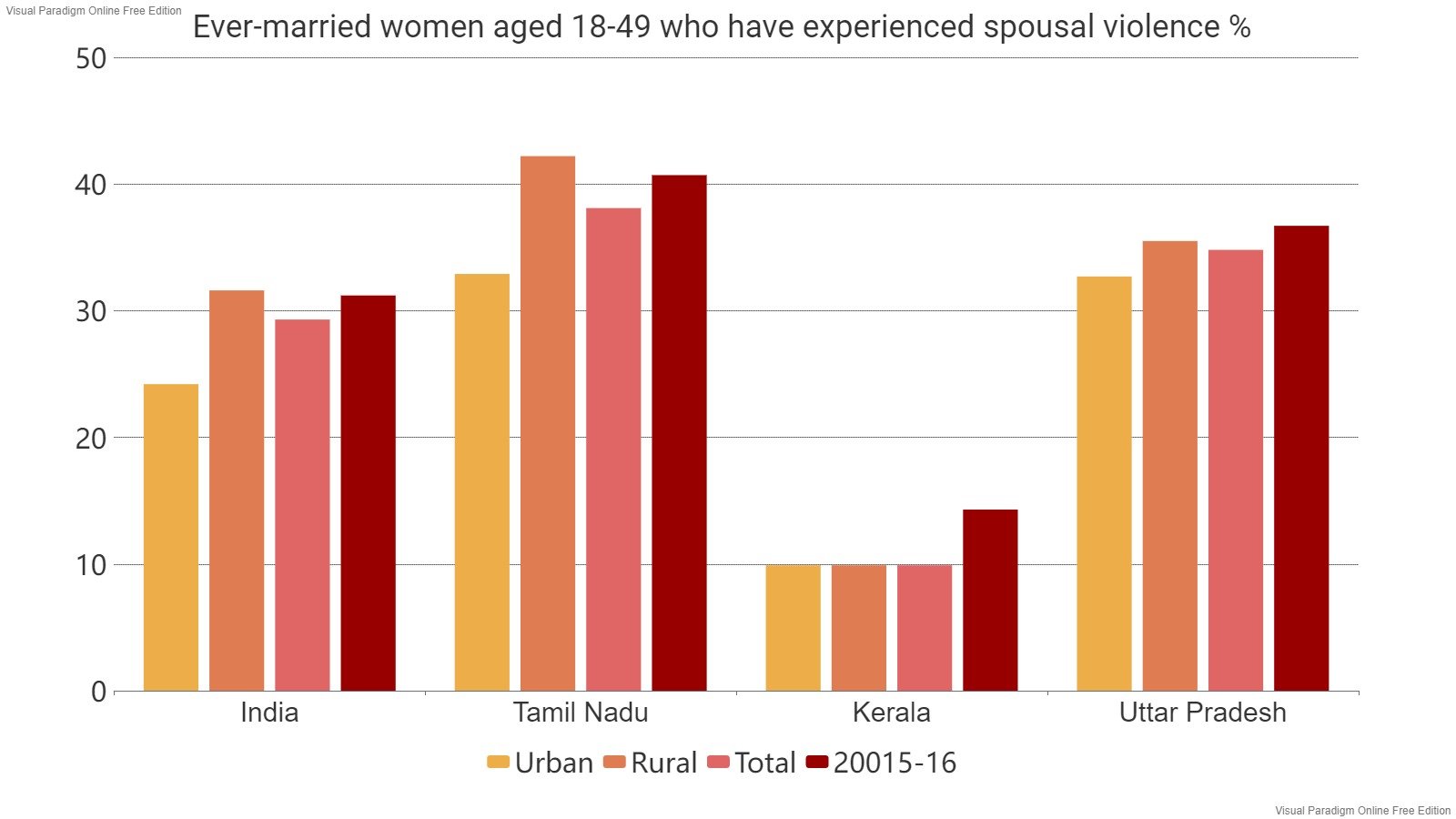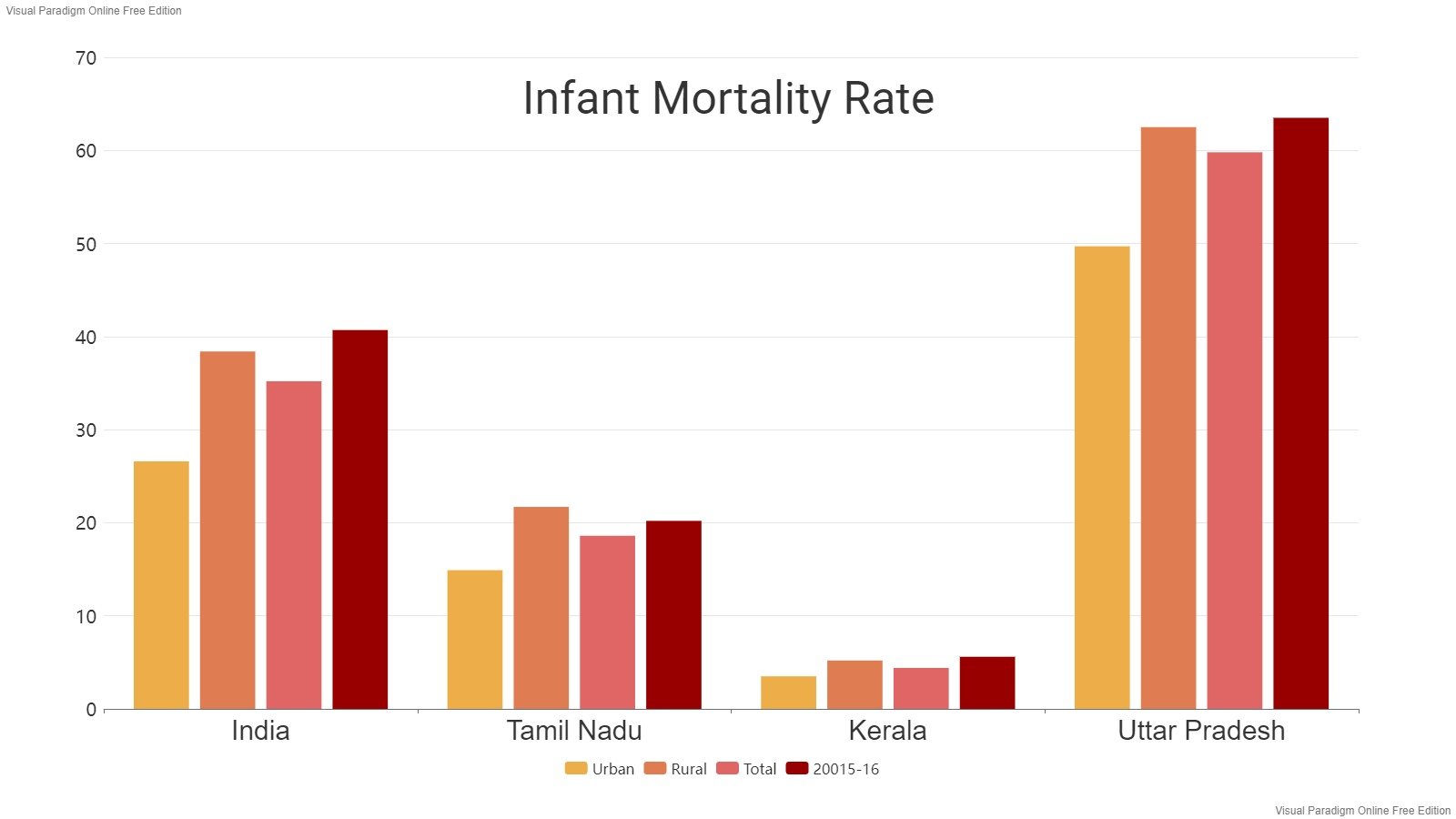Read in : தமிழ்
The Tamil Nadu government made the encouraging announcement during the Budget session recently that it would renovate 50 Uzhavar Sandhais (farmers markets) in the current year, strengthening its policy to revive and reopen more of these farmer-to-consumer outlets.
As the price of a kilo of beans crossed Rs.150, winged beans were at Rs.140, tomatoes hit Rs.100, and seasonal mangoes were quoted at Rs.100-plus, it became evident that government intervention to stabilise the prices and eliminate middlemen was desperately needed. Nothing would have been easier than scaling up Uzhavar Sandhais, which function under a regulated scheme: the price is to be fixed daily at the average of 20% higher than the wholesale rate and 15% less than retail prices, by a committee consisting of representatives of farmers and officials. Of course, many farmers are willing to sell at less than even the fixed prices based on market dynamics, while irregularities in price have been reported in some centres such as Coimbatore.
Although price rise continues to make headlines, there is no talk of scaling up either Uzhavar Sandhais in key urban areas including Chennai, nor is there the traditional intervention by the cooperatives, like TUCS, to procure and sell vegetables. The PDS is another possibility, but left unexplored.
Agriculture Minister M.R.K. Paneerselvam, in his budget policy note in March, said that 50 Uzhavar Sandhais would be renovated during 2022-23 at Rs.15 crore. This is a long-term measure and needs to be expanded to cover all urban locations where the demand for vegetables, grain and fruits is high. The city dweller desperately needs immediate intervention as the fuel price has created a strong price spiral.
Fuel price hurts
On the day the country went into a lockdown for COVID-19, March 25, 2020, the price of petrol in Chennai recorded by the Union government’s Petroleum Planning and Analysis Cell was Rs.72.28 a litre. It stayed below Rs.90 until February 11, 2021, but shot past Rs.100 on July 2 that year before falling to Rs.99.47 on August 14. A day after Gandhi Jayanti, the price was again beyond Rs.100, maintaining a rise until it touched Rs.110.85, and is reduced after the Excise Duty cut.
Diesel, critical to transporting farm produce from southern Tamil Nadu, Karnataka and Andhra Pradesh, maintained a trajectory of Rs.65.71 a litre in Chennai on the date of lockdown, moving to Rs.90.12 on June 1, 2021 and on to a searing Rs.100.25 on October 23, remaining above the century mark until the reduction in Excise Duty on May 22, 2022 when it dropped to Rs.94.24.
The government has promised that 50 Uzhavar Sandhais would be renovated this year at Rs.15 crore. This is a long-term measure and needs to be expanded to cover all urban locations where the demand for vegetables, grain and fruits is high
Stopping price gouging
Officially, there are 180 Uzhavar Sandhais today, some of them even in central localities of big cities. There is one in R.S. Puram in Coimbatore, while in Chennai, the concept is relegated to the suburbs, such as Kunrathur, Pallavaram and Nanganallur-Chromepet.
In a time of crisis, these markets could be expanded to other localities. Consider that under the original scheme of 1999 launched by the former Chief Minister M. Karunanidhi, the farmers could get their produce to the market with government help, using government buses, and later also return home by these vehicles. Such an intervention would be tailor-made for the present vegetable price crisis, and to rein in the prices inflated by middlemen and financiers. A wholesale market at Koyambedu within the city has not helped keep vegetables and fruits affordable.
Shops in the Uzhavar Sandhais as per the original scheme were to be given by draw of lots, but today, with expansion of spaces, more options are available. A roster system could be used to give more farmers a chance to sell, and new sites could be identified. Clearly, the entire concept suffered decline, if not total collapse, during the AIADMK rule from 2011 until the present government took over.
New locations ready
It is not as if the State government needs to look hard to find fresh locations to open summer markets of farm produce in the heart of cities. In Chennai, there are numerous government schools that are now closed after the academic year, and many have large grounds too. Private schools and Colleges could also participate in such crisis management.
A roster system could be used to give more farmers a chance to sell, and new sites could be identified.
Even among the 180 Uzhavar Sandhais that are now functioning, the crucial information of sale price of vegetables is not published on the Internet, as promised by the government. The consumers would then have a frame of comparison. The list of these farmers markets is here and the prices in individual markets too are supposed to be on the website. They are not.
Bringing farmers closer to cities by enabling direct sale of produce is a concept that could be refined further. Logistics has improved since the time the idea was born, and Tamil Nadu has extensive roads and freight capacity to move produce either with government support, or as a cooperative effort.
The sharp and unrelenting rise in the price of vegetables is imposing a high cost on people in terms of nutrition. Thousands who depend on eating houses and contracted meals suffer even more, as costs shoot up and nutritional values decline. Other essential spending has to be curtailed due to price rise. Rather than look on helplessly as markets fail, the Tamil Nadu government should take the bull by the horns and use the Uzhavar Sandhi scheme as a solid framework to intervene.
Read in : தமிழ்




